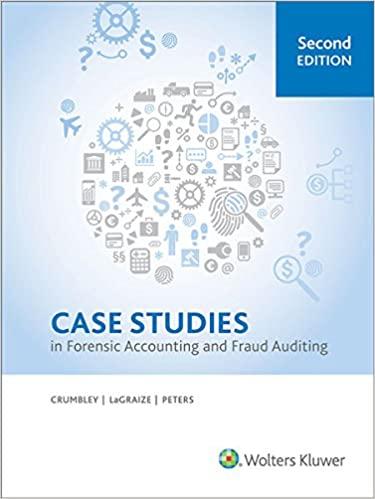
Two-period Ramsey optimal taxation. Consider a two-period economy in which the government must collect taxes in order to finance government purchases g1 and g2. Suppose that the government cannot levy lump-sum taxes; instead, all taxes are in the form of proportional consumption taxes (i.e., sales taxes). When taxes are proportional, one general lesson we've seen is that the timing of taxes does matter (for consumption and national savings). 10 What it means that the timing of taxes "matters" is that consumption decisions of the economy are affected by the tax rates that the government levies. In order to raise the revenue needed to pay for g1 and g2, the government does have to levy some taxes: an interesting question is what is the optimal tax rates for the government to set. Here we Let's ignore the result we saw on the midterm exam that if the government can collect taxes on period-1 sumption in period 2, then the timing of taxes does not matter. Chapter 19 mean "optimal" in the sense that the government ultimately cares about the representative consumer's lifetime utility, which is known as a "Ramsey government problem." The Ramsey government problem essentially tries to answer the following question: What tax rates should the government set? Assume the following: a. The real interest rate between period 1 and period 2 is zero (i.e., r1=0 ). b. The representative agent has no control over his real income y1 or y2. c. The consumption tax rates in the two periods are denoted t1C and t2C. d. The representative consumer starts with zero initial assets (a0=0); thus the LBC of the consumer is (1+t1C)c1+(1+t2C)c2=y1+y2. e. The government starts with zero initial assets (b0=0); thus the LBC of the government is g1+g2=t1Cc1+t2Cc2. f. The lifetime utility function of the consumer is u(c1,c2)=lnc1+lnc2. There are three steps to computing the Ramsey-optimal tax rates. a. The first step is to determine the consumer's optimal choices of c1 and c2 as functions of y1,y2,tc1, and t2C. In setting up the appropriate Lagrangian, solve for the optimal choices of consumption in period 1 and consumption in period 2 as a function of these four objects. Two-period Ramsey optimal taxation. Consider a two-period economy in which the government must collect taxes in order to finance government purchases g1 and g2. Suppose that the government cannot levy lump-sum taxes; instead, all taxes are in the form of proportional consumption taxes (i.e., sales taxes). When taxes are proportional, one general lesson we've seen is that the timing of taxes does matter (for consumption and national savings). 10 What it means that the timing of taxes "matters" is that consumption decisions of the economy are affected by the tax rates that the government levies. In order to raise the revenue needed to pay for g1 and g2, the government does have to levy some taxes: an interesting question is what is the optimal tax rates for the government to set. Here we Let's ignore the result we saw on the midterm exam that if the government can collect taxes on period-1 sumption in period 2, then the timing of taxes does not matter. Chapter 19 mean "optimal" in the sense that the government ultimately cares about the representative consumer's lifetime utility, which is known as a "Ramsey government problem." The Ramsey government problem essentially tries to answer the following question: What tax rates should the government set? Assume the following: a. The real interest rate between period 1 and period 2 is zero (i.e., r1=0 ). b. The representative agent has no control over his real income y1 or y2. c. The consumption tax rates in the two periods are denoted t1C and t2C. d. The representative consumer starts with zero initial assets (a0=0); thus the LBC of the consumer is (1+t1C)c1+(1+t2C)c2=y1+y2. e. The government starts with zero initial assets (b0=0); thus the LBC of the government is g1+g2=t1Cc1+t2Cc2. f. The lifetime utility function of the consumer is u(c1,c2)=lnc1+lnc2. There are three steps to computing the Ramsey-optimal tax rates. a. The first step is to determine the consumer's optimal choices of c1 and c2 as functions of y1,y2,tc1, and t2C. In setting up the appropriate Lagrangian, solve for the optimal choices of consumption in period 1 and consumption in period 2 as a function of these four objects







